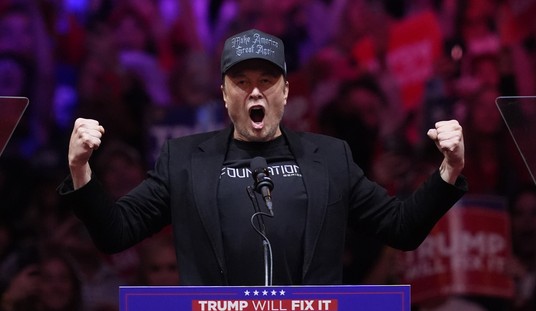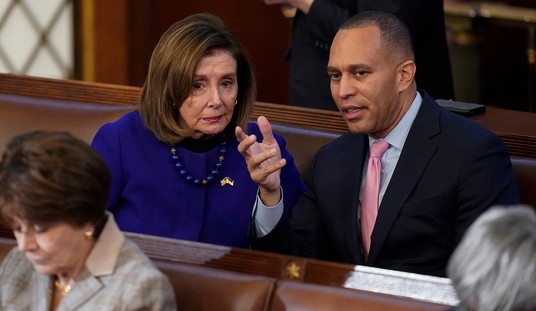Things are not going all that well for Ron Duncan.
Duncan, 62, who made $3.4 million last year as CEO of GCI, the cable and communications firm that dominates Alaska, has had recent troubles with mouthy executives and new competition from Japan.
More seriously, GCI lost $26 million in 2015, nearly $9 million in the fourth quarter alone – after which he said, paraphrasing Custer no doubt: “We finished 2015 on strong operational footing, which sets us up to capitalize on opportunities in 2016.”
But his real problem will come when the Alaska legislature declines to continue to fund his gravy train. Alaska is in a budget crisis. At the end of May, hours before the state was to begin sending layoff notices for most of its 25,000 employees, the legislature reached agreement on a plan that would cut spending from $5.1 billion to $4.26 billion and address a $3.4 billion shortfall. That’s right, they were $3.4 billion short of funding their $4.26 billion budget.
The state, which spends $11 million per day from the rainy day fund, a pace at which it will be exhausted in two years, borrowed additional money from the fund to cover the shortfall. Lawmakers did not offer any legislation that provided for repayment or a way forward beyond this one-year fix, and the speaker of the state’s house of representatives says he “can’t guarantee any bills will pass” along these lines.
What’s happening is Alaska decided decades ago to base its economy on oil and gas, and that economic model is proving increasingly unworkable. Alaska has in recent years derived 90 percent of its revenue from oil and gas taxes, but it has gone from pumping 2 million barrels per day 30 years ago – a quarter of all U.S. output at the time – to 500,000 barrels per day now. The Trans-Alaskan Pipeline System now is filled to only one-quarter capacity, and prices for oil are nearing historic lows, undercutting revenue generated from taxes on oil production.
Recommended
Meanwhile, its residents pay the lowest taxes in the nation – there’s never been a sales tax and the income tax was eliminated 35 years ago after oil tax revenue began pouring in – and its citizens enjoy the highest level of spending per capita.
In any other state, we would be moving to the discussion of how to shore up the rainy day fund and bring some fiscal sanity to the state. But Alaska has that $51.3 billion piggybank known as the Permanent Fund, to which the state wisely dedicates one-fourth of all oil and gas revenues.
The state uses $3.2 billion in interest from the fund each year to pay for the Permanent Fund Dividends – the checks, for about $2,000 in 2015, that go to every man, woman and child in the state each year. The question before Alaska is whether to begin tapping that fund for yearly revenue needs or to streamline state government and start preparing for a dynamic post-oil economy.
Duncan is on the side of tapping the fund to pay for state spending. He said if the legislature can’t address at least half the structural shortfall this year, “we’ll have to stop investing.” The big investment he’s working on now is a $220 million project to bring high-speed broadband to a dozen remote Alaskan villages.
Duncan has allied himself with labor union leaders and others in his call for making permanent this fiscal irresponsibility. He wants to cut the PFD – the Permanent Fund Dividend – in half and tap more of the interest for state services. His Alaska’s Future non-profit threatens opponents with political extinction if they do not get behind this program.
GCI is the dominant telecommunications company in Alaska, with 2,250 workers and $910 million in revenue in 2014. It makes tens of millions of dollars per year off state contracts in Alaska, and it rakes in $170 million of the $230 million the federal government sends every year from the Universal Service Fund—created by Congress to ensure broadband access to all Americans. It needs Alaska, which provides matching funds for the program, to keep spending as if the oil will never stop flowing.
It would be easy to feel sorry for Duncan. He took a lot of chances starting this company, nurturing it to where it is today and now trying to fend off economic forces beyond his control. But his prescription is more dependency, more government spending, putting an entire state, in essence, on welfare … all so the local cable company will have enough paying customers.
That might be helpful to Ron Duncan and even the 2,250 people who work for him. But Alaska’s leaders need to understand it would not be helpful to the people they represent.

























Join the conversation as a VIP Member